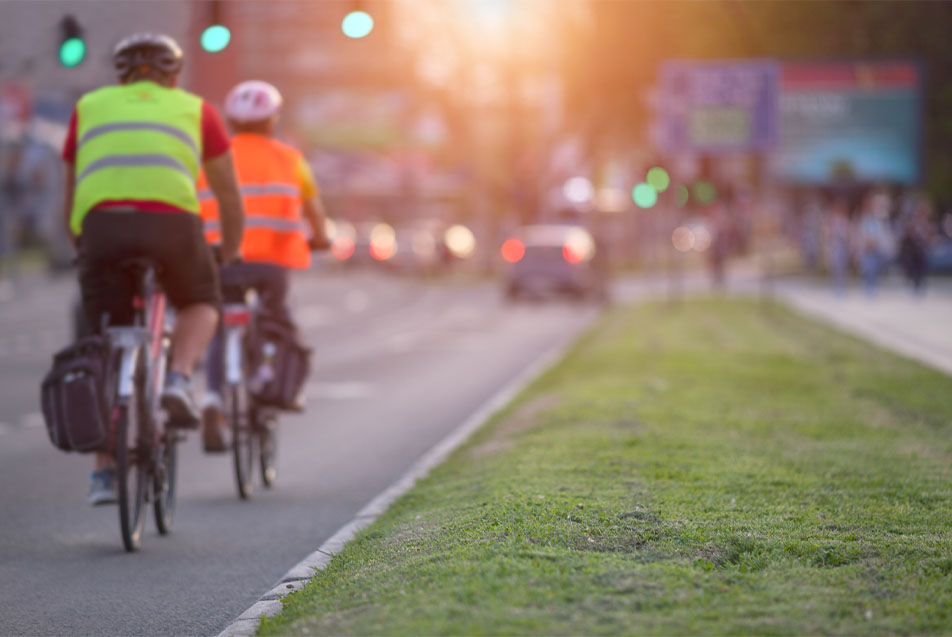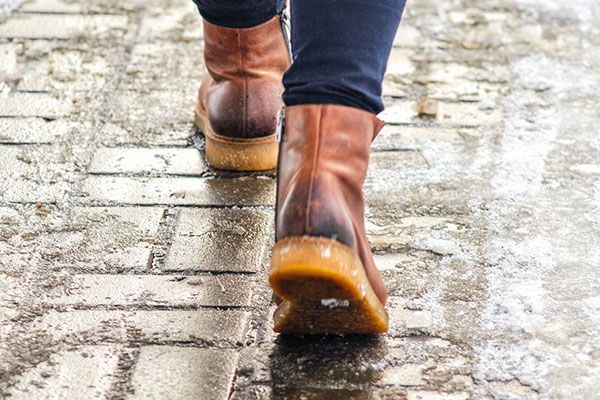
Over the years, bicycling has become a preferred choice for commuting, exercise and recreation, but with this spike in popularity comes an increased risk for roadway injuries and fatalities. To help reduce instances of incidence, Lisa Hollister, DNP, MSN, RN, LSSBB, administrative director, Trauma Systems, Parkview Trauma Centers, reviews the 3-foot rule while reminding us all to share the road and follow these key safety strategies when traveling this summer.
What does share the road mean?
Sharing the road is truly everyone’s responsibility, and it applies to all things that can legally be on the road, like bicycles, cars, motorcycles and pedestrians. It’s also important to recognize that everyone has a right to utilize roadways, crosswalks, parking lots and paths, and to keep everyone safe, we must all respect each other while sharing these spaces.
What is the 3-foot rule?
Nationally, many cities and states have their version of the 3-foot rule in place, but it generally refers to the proper way to safely pass a person riding a bicycle on a roadway. And, just like drivers, cyclists have all the same rights and responsibilities as a person driving a motor vehicle and should be aware of all the traffic laws to keep each other safe while traveling.
On a local level, Indiana’s safe passing law went into effect on July 1, 2019, requiring all motorists to give bicyclists at least three feet of clearance when passing. In Allen County and the city of Fort Wayne, the ordinance states that the operator of a motor vehicle passing a bicycle proceeding in the same direction on a highway, street or road must leave a safe distance, but not less than three feet, when passing the bicycle, and shall maintain that distance until safely past the overtaken bicycle.
What can drivers and cyclists do to stay safe while sharing the road?
Everyone must follow the rules of the road no matter their mode of transportation. To keep yourself and others safe, we recommend utilizing these safety tips whenever – and however – you travel.
When driving a vehicle, you should:
- Be alert, slow down and never drive distracted or impaired.
- Stay at least three feet from bicycles at all times.
- Always look before signaling and changing lanes.
- Obey all traffic laws, signs, signals and posted speed limits.
- Be aware of trails, greenways and cycling paths. There could be others on the road.
- Check for cyclists before opening your car door when parking along the street.
- Hug the centerline and slowly pass at 15 mph or less when passing a bicycle. If no other vehicles are approaching from the opposite direction, you may slightly cross the centerline to allow cyclists more room.
- Turn on your lights to help cyclists and other motorists see you more clearly.
- Be respectful and share the road.
When riding a bicycle on the road, you should:
- Be alert and aware of your surroundings.
- Always wear a properly fitted bike helmet.
- Always ride with traffic, never against it.
- Put your cell phone away and never text or talk while riding.
- Obey all traffic laws, signs and signals.
- Wear reflective clothing and make sure your bike has reflectors and/or lights.
- Have both hands on the handlebars, except to signal a turn or stop.
- Never hold on to a moving vehicle.
- Be respectful and share the road.
Final thoughts
Remember, bicyclists have the right to occupy the road just as motorists. So, when riding a bike or driving a vehicle, please be aware and pass with care. For more information regarding road and bicycle safety, please visit the National Highway Traffic Safety Administration.



